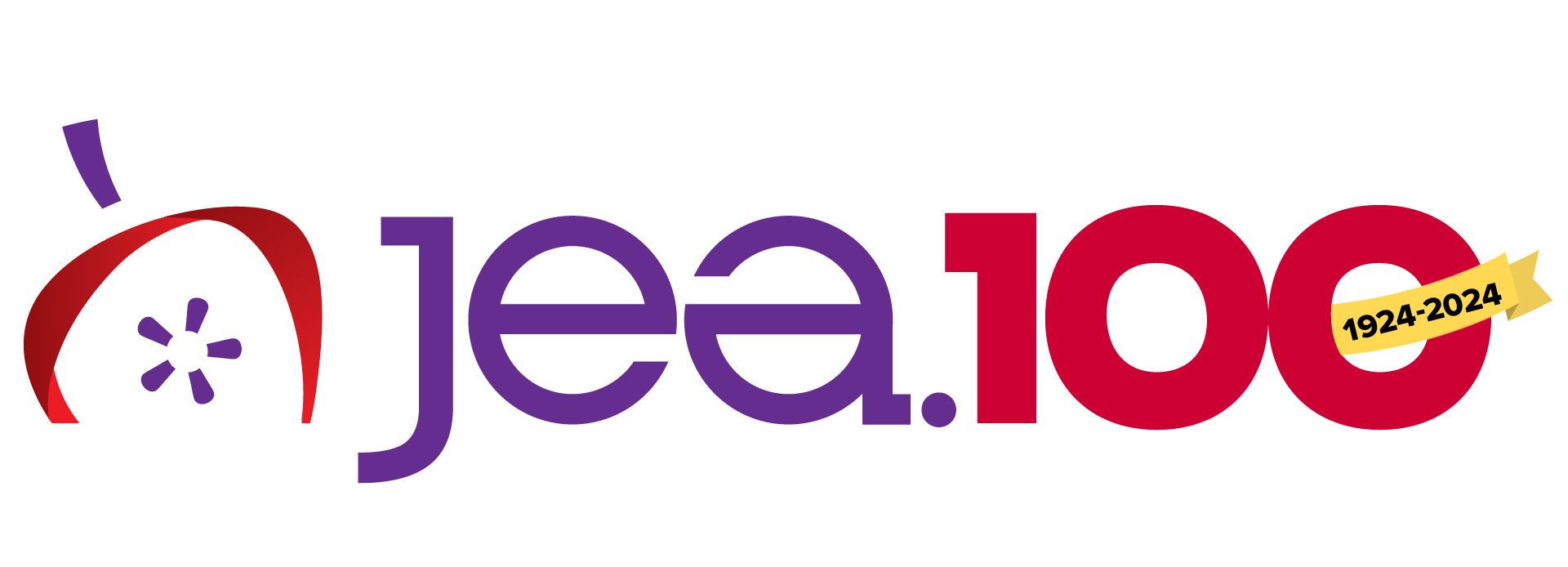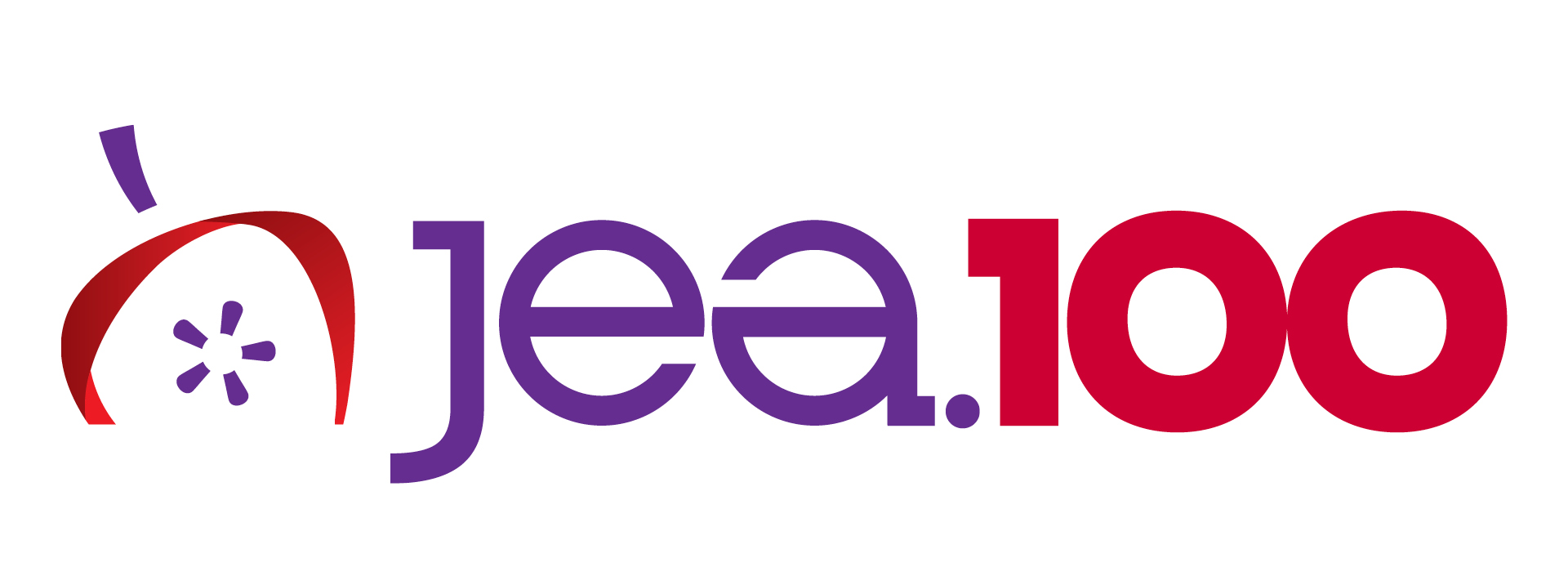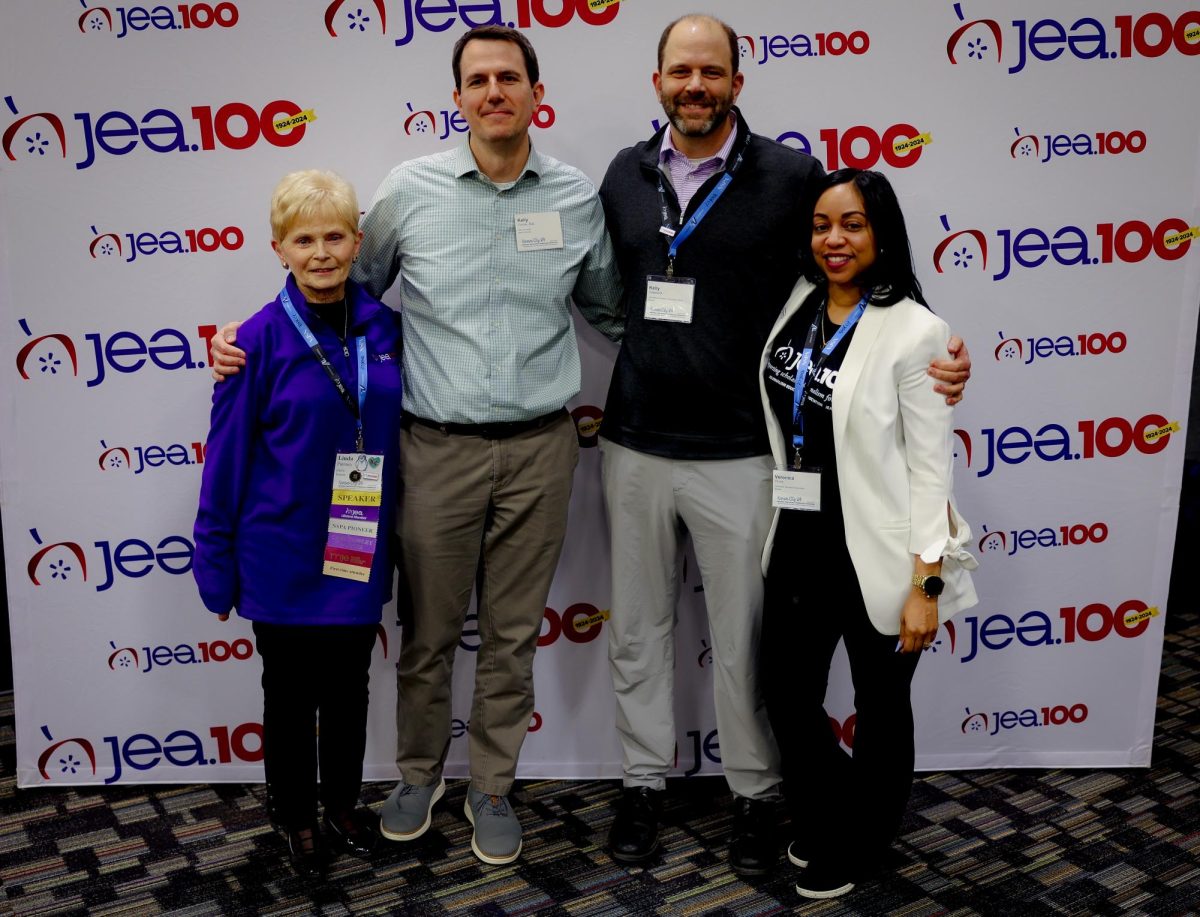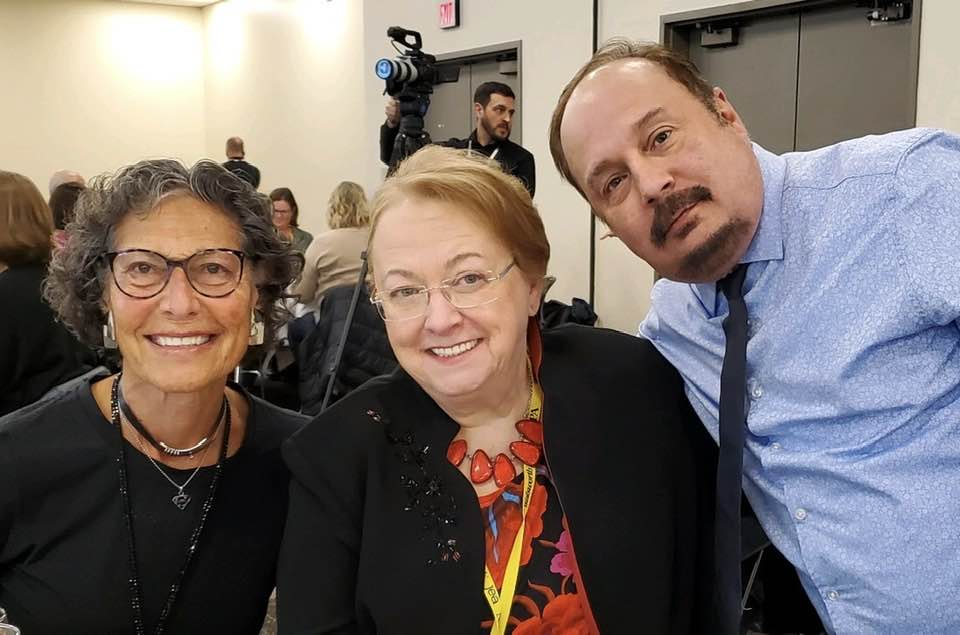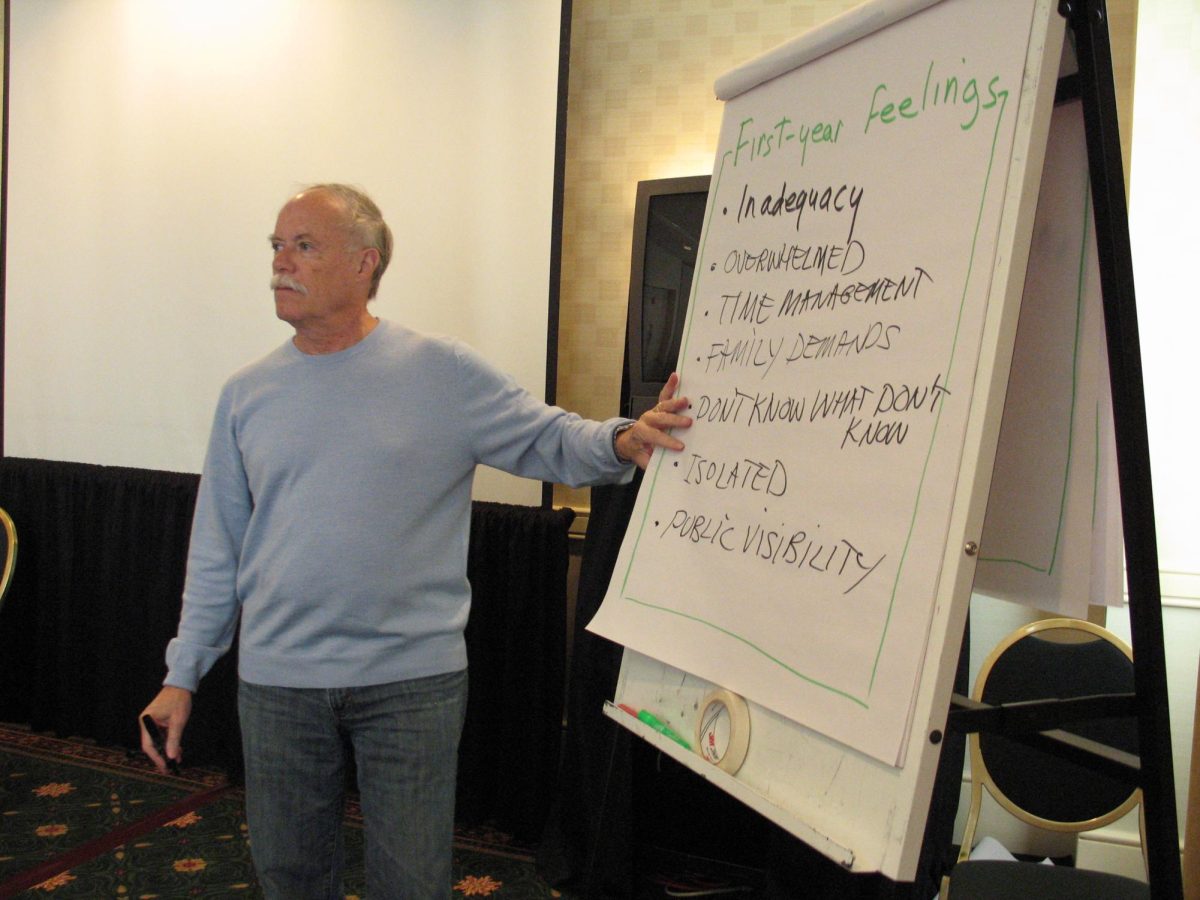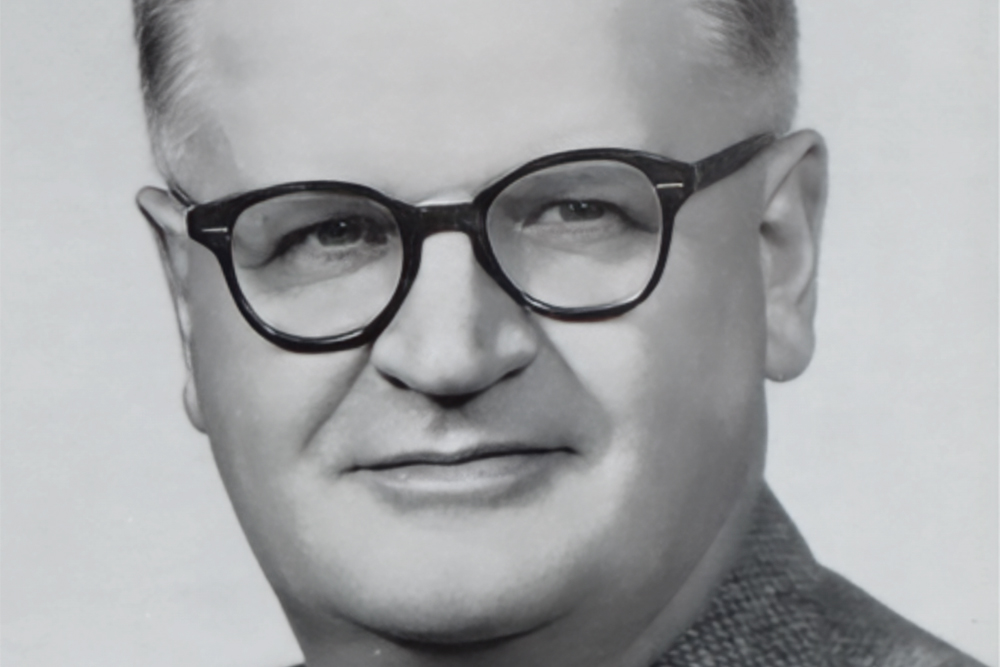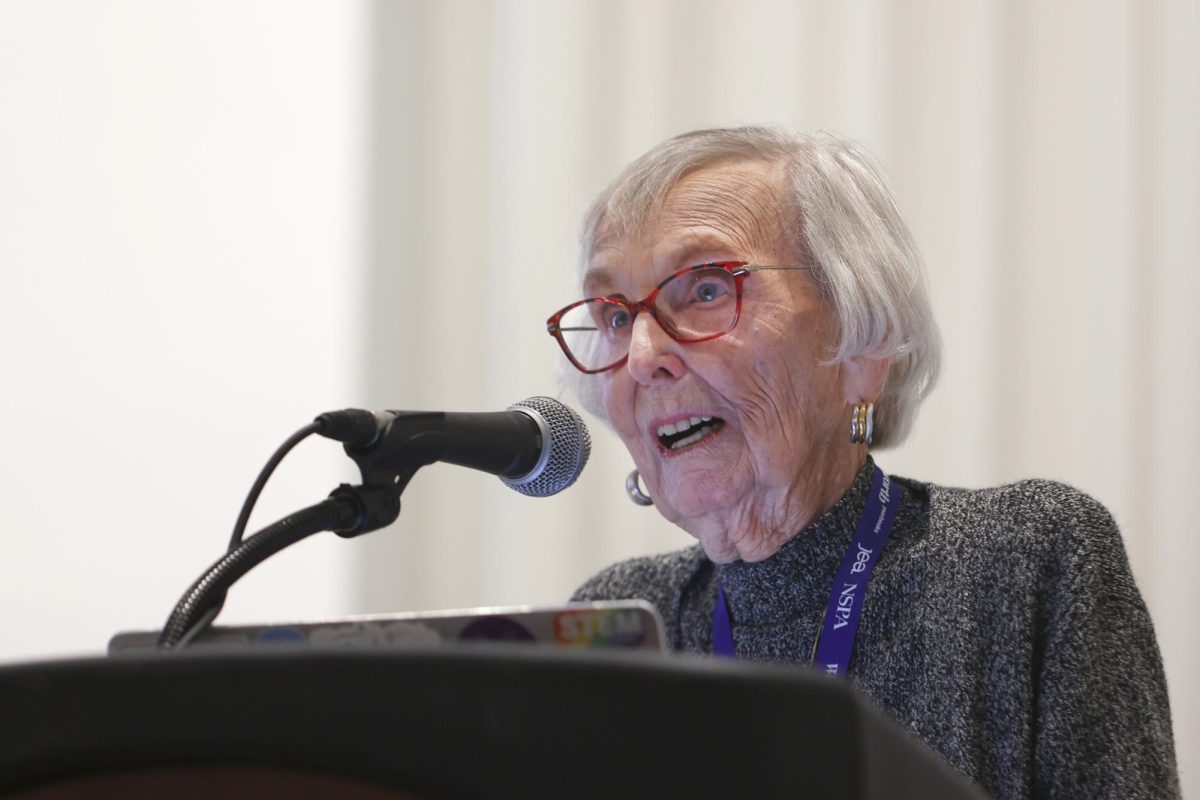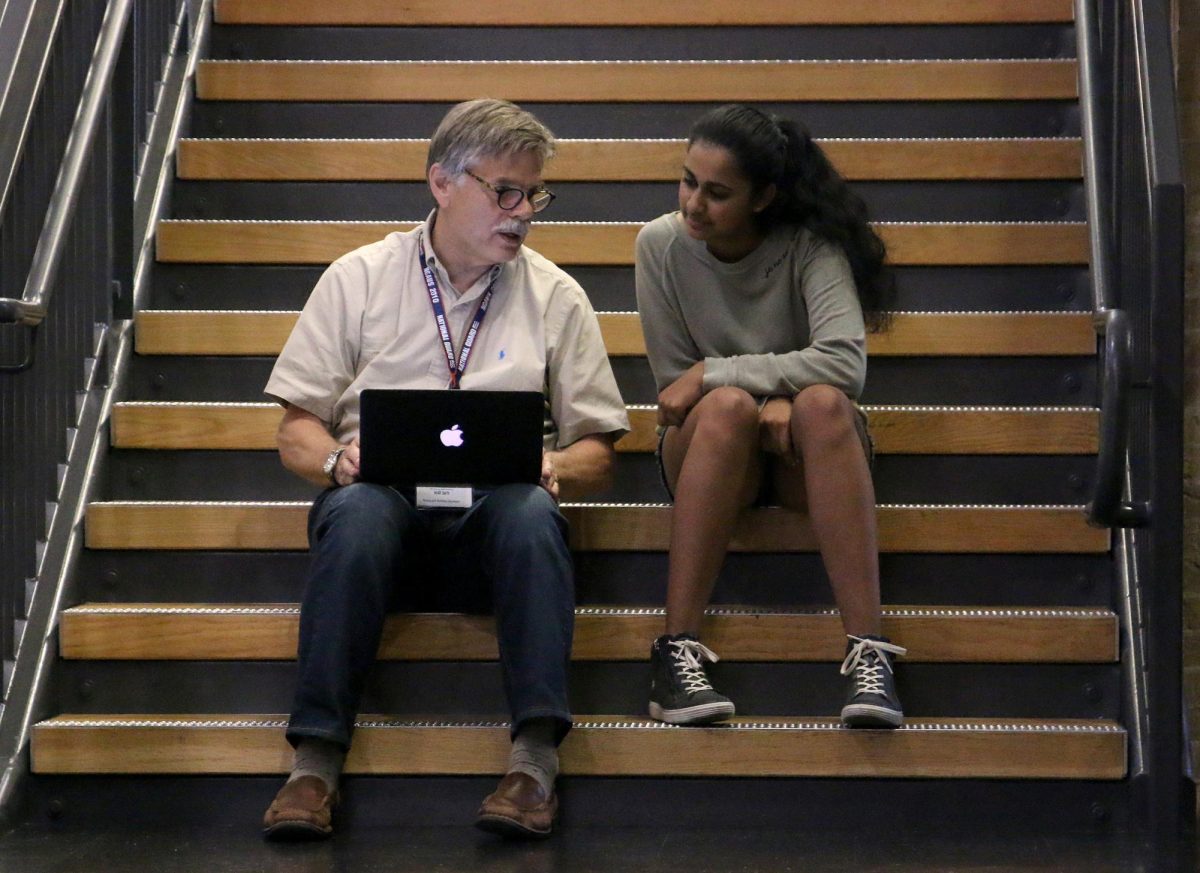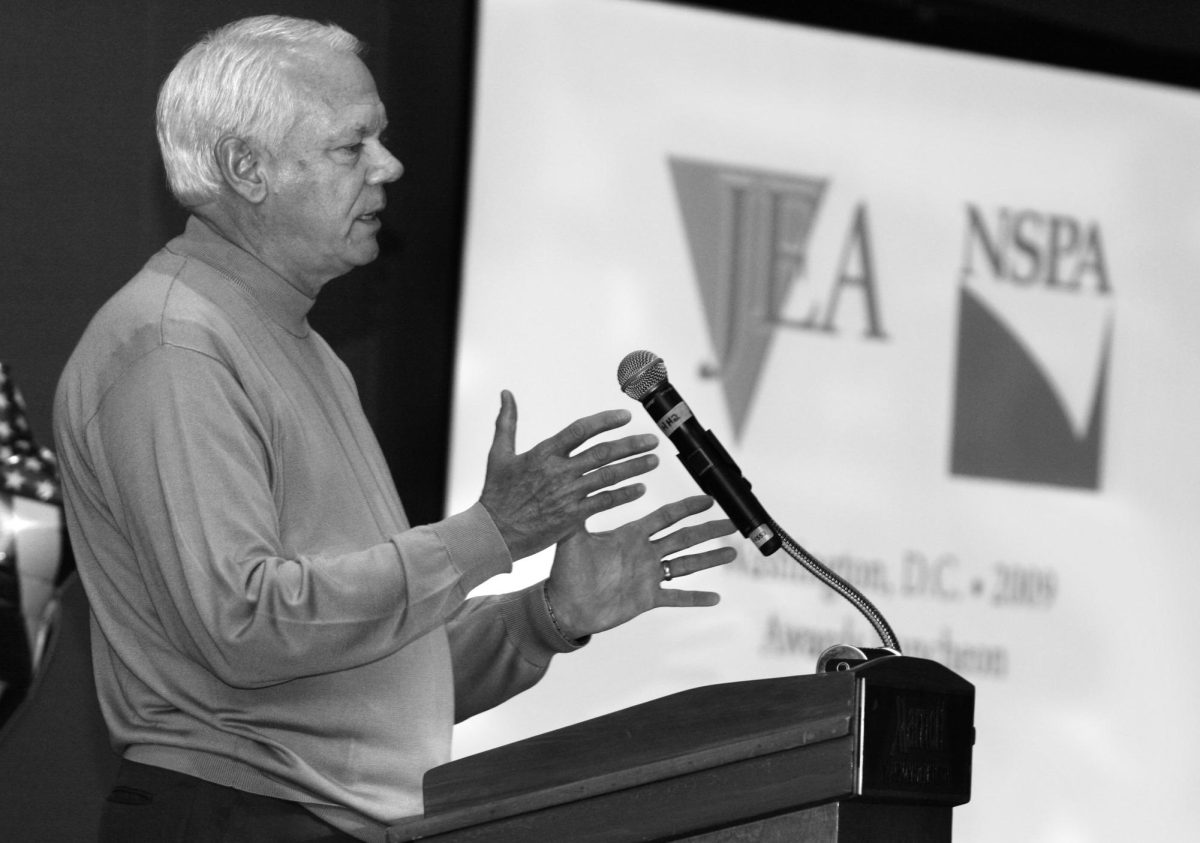Contestants in the Spring 2024 National Student Media Contests April 5 in Kansas City in the Newswriting category had the opportunity to hear from three former executive directors from the Journalism Education Association as sources for the on-site contest reporting on the history of the National High School Journalism Convention in honor of JEA’s centennial. Current director Veronica Purvis served as the contest’s moderator.
Based on interviews with the former directors and information from the prompt and fact sheet, two students earned Superior ratings from volunteer judges in this category. Their entries are below. Complete contest results are available here.
Conventions are connections for students, educators and board members to grow
by Delmis Vaquerano, Van Nuys H.S.
A safe haven for student journalists, educators and media fanatics, the National High School Journalism Convention provides opportunities for not only students and educators but also the communities they serve.
With more than 100 conventions since 1963 and attendance at over 400,000 people, the National High School Journalism Convention is hosted by the Journalism Education Association (JEA) and National Scholastic Press Association (NSPA) twice a year.
When determining which city to host the convention, former JEA Executive Director Kelly Furnas refers to four factors he considers to be significant when deciding on a location.
These four factors account for the capacity of a facility, whether it caters to the demographic of students, the number of JEA members within a 100-mile radius and the need to provide service to the local community.
According to Furnas, planning for the convention is done four to five years in advance. Hotels are booked five years ahead and the program itinerary is planned a year before the event.
Reflecting on past conventions, former executive director Kelly Glasscock emphasizes distinctive attributes of each convention.
“You get to choose your own experiences and [create] that unique experience,” he said.
From media tours to swap shops and breaks with a professional, the National High School Journalism Convention considers engaging activities for both students and educators.
Each convention city has a local committee led by a local chair or co-chairs. These local committee chairs connect with professionals and media organizations to aid the executive director in programming the conventions. Since 1964, more than 100 people have served as local committee chairs.
“Each convention has a lot of local influence, and that’s done on purpose,” Glasscock said.
According to former executive director Linda Puntney, conventions are connections for students, educators and board members to grow.
“You really create our own community, our own little professional learning community when we get to the convention,” she said. “We find a little niche here as you students find your niche here.
Puntney believes the connections made at conventions are incredibly important and life-changing.
An essential journalism community
by Marie Demkovitch, Ladue Horton Watkins H.S.
In the spring of 2024, JEA and the National Scholastic Press Association celebrate 100 years of conventions by recalling the importance of the event and the planning behind it.
Since its start in 1963, the National High School Journalism Convention has occurred 114 times with more than 400,000 students and advisers who have attended. According to Executive Director from 1989-2010 and Interim Director from 2016-2017 Linda Puntney, the NHSJC helps journalist students connect with the journalism community.
“The connections that you make here, I think are incredibly important, and probably will be life changing,” Puntney said. “You may find your passion through a speaker; maybe it’s another professional, maybe it’s another teacher that you’ll find so much knowledge and so much connection with.”
Since 1978, 30 cities have hosted NHSJC, with California being the top convention state, hosting 29 conventions. According to executive director from 2010 to 2016 Kelly Furnas, the location of the convention is carefully considered, as it will influence the amount of students present.
“Conventions are the thing that support JEA financially, they make up two-thirds or so of the organization’s revenue,” Furnas said. Having a successful convention is critical if we want to continue to exist as an organization.”
Overall, the average attendance for conventions since 1963 is 3,457 students. As stated by Executive Director from 2017-2022 Kelly Glasscock, the program is designed to serve a large amount of students with diverse needs.
“We have writers, designers and photographers; we have students entering into programs and young, we have seniors who are looking at careers or colleges beyond,” Glasscock said. “When we program these conventions, we have all this applied when selecting sites.”
Ultimately, NHSJC has grown to support journalism careers of students through workshops, contests, and a unique experience for each student.
“All of this comes together to create an offering where you can choose your own experience, and you can choose that unique experience each and every time you come to a convention,” Glasscock said.
Editor’s note: Stories have not been edited from their original handwritten form in the on-site competition and may include factual errors and inaccuracies. Judges’ comments address some of these improvement areas as part of constructive feedback embedded in the National Student Media Contests learning experience.
